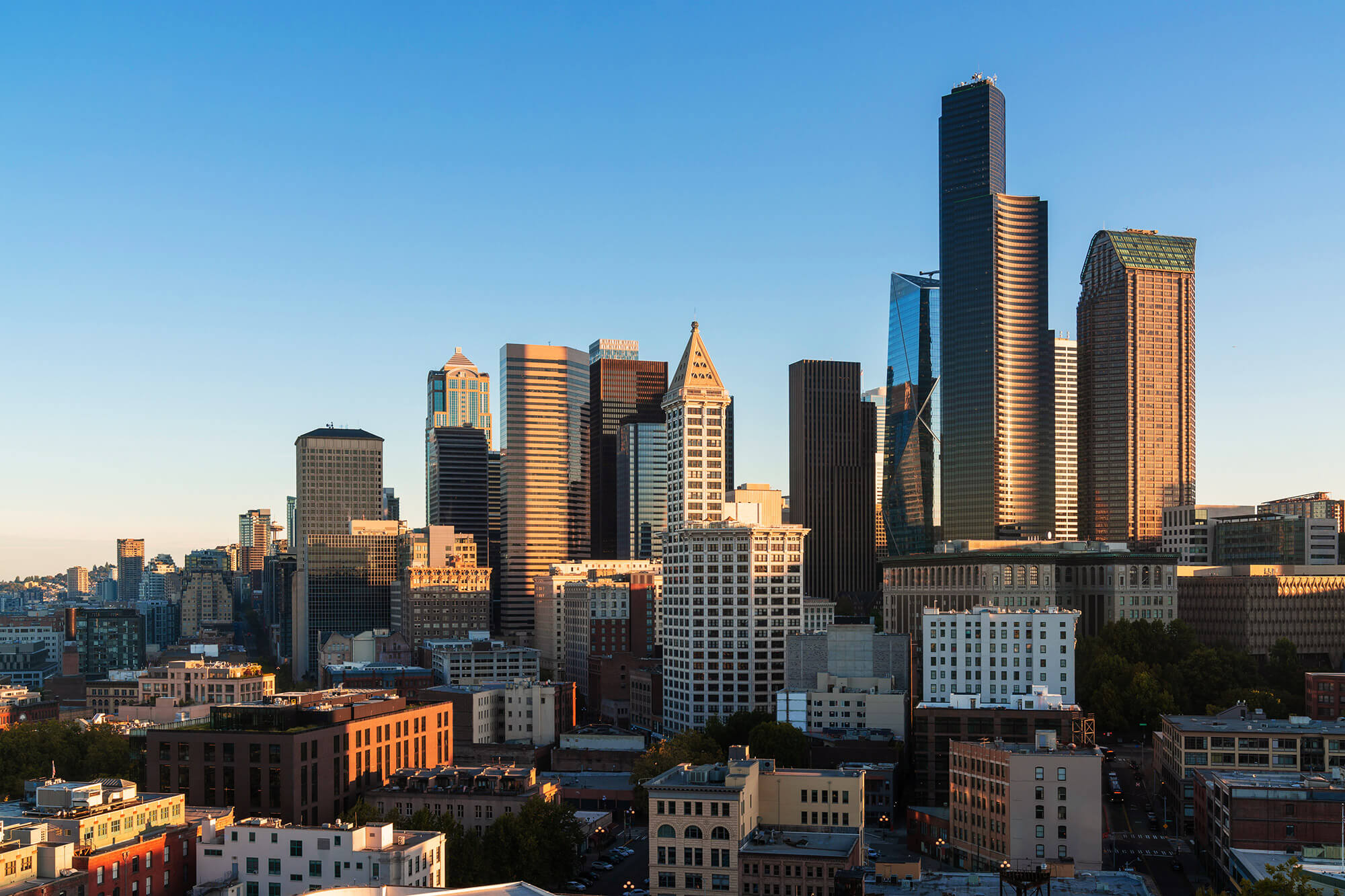[May 13, 2020 Update] On May 13, 2020, the SBA provided long-awaited guidance regarding its interpretation of the certification of “necessity” on PPP loan applications. The guidance provides that a borrower obtaining a PPP loan in the amount of less than $2,000,000 (which will be an aggregate amount in the case of affiliates) will be deemed to have certified necessity on its application in good faith. The foregoing safe harbor does not apply to PPP loans in excess of $2,000,000 and if the SBA determines the certification of necessity by the borrower of a larger loan had no “adequate basis” the loan will be required to be paid in full upon demand to avoid administrative and criminal penalties.
[May 5, 2020 Update] On the evening of May 5, 2020, the SBA announced it extended “safe harbor” date to payback unnecessary PPP loans from May 7, 2020 to May 14, 2020. In doing so, the SBA stated it will provide additional guidance regarding the certification of need by PPP borrowers prior to the new safe harbor deadline.
Click here for a print-friendly version.
Introduction
Following passage of the Coronavirus Aid, Relief, and Economic Security Act (CARES Act) on March 27, 2020, small businesses were encouraged by the Federal Government to apply for a Paycheck Protection Program (“PPP”) loan from the SBA if experiencing hardships based on the anticipated impact of the unprecedented partial shutdown of the country caused by the COVID 19 pandemic.
PPP Backlash
Unsurprisingly, relaxing typical SBA lending restrictions for PPP loans and emphasizing quick closings led to some not-so-small businesses receiving PPP loans for not-so-dire financial troubles (e.g., the Los Angeles Lakers). The rollout of the PPP loan program was quickly followed by a week of bad press as it was discovered that loans intended for small businesses instead went, in part, to big companies and professional sports enterprises.
This backlash led to a shift in tone from both the Department of the Treasury and the SBA. On April 28th, the SBA announced that it would audit all PPP loans in excess of $2 million (and, in certain cases, those under $2 million) in order to verify each applicant’s certification that the “[c]urrent economic uncertainty makes this loan request necessary to support ongoing operations of the Applicant.” So far, the SBA has provided little guidance on how it will determine which borrowers satisfy this requirement and which do not. The SBA has, however, indicated that it intends to focus on whether applicants had access to other sources of liquidity, particularly if they have a parent organization with deep pockets.
Interim Rule for the PPP: If you give it back now, you won't be in trouble.
Since a great deal of the guidance on who qualifies for a PPP loan came out after the first round of loans were distributed, the Federal Government decided to create a “safe harbor” for borrowers who realize that they obtained a loan they didn’t qualify for. The Interim Rule for the PPP, issued April 28th of 2020, dictates that if borrowers repay the PPP loan in full by May 7th, 2020, they won’t be subject to an audit by the SBA.
However, this poses a new challenge to recipients of PPP loans: they have been given little more than a week to determine whether they actually need the PPP loan they received to retain their employees and satisfy other ongoing business obligations. Borrowers are struggling to analyze whether their current economic situation is dire enough to satisfy the application certifications, which may be incredibly challenging given the ever-increasing uncertainty in markets and the status of the pandemic.
Silver Lining: The money might go where it was supposed to.
While the fast-approaching safe harbor deadline is not popular among some existing borrowers facing an uncertain economic landscape, it does allow for funds returned to the SBA to be reallocated to more qualified applicants. So, while the May 7th deadline may be tight for those companies that already received loans, it offers a second chance for small businesses that have thus far been left out of the PPP.
When the first round of PPP loans rolled out, 75% of small businesses applied for loans. Only 20% of small business applications were approved before the money ran out less than two weeks later.
Given the popularity of the program and the ongoing economic impacts of the COVID-19 pandemic, the SBA is now encouraging PPP loan recipients to take a second look at whether they truly need the funds they received. If they determine that they do not, they are incentivized to return the disbursed funds by May 7, 2020.
Please do not hesitate to contact the HCMP attorneys who contributed to this update, Mike Kot and Katie Chapman, with any further questions or concerns you may have.
Michael N. Kot | mike.kot@hcmp.com | 206.470.7621
Katie S. Chapman | katie.chapman@hcmp.com | 206.470.7654
The information contained in this update is provided for informational purposes only. It is not business, legal, accounting, tax, financial, investment or other advice on any matter and may not be relied upon as such. Please contact your attorney to obtain advice regarding any particular legal matter.

